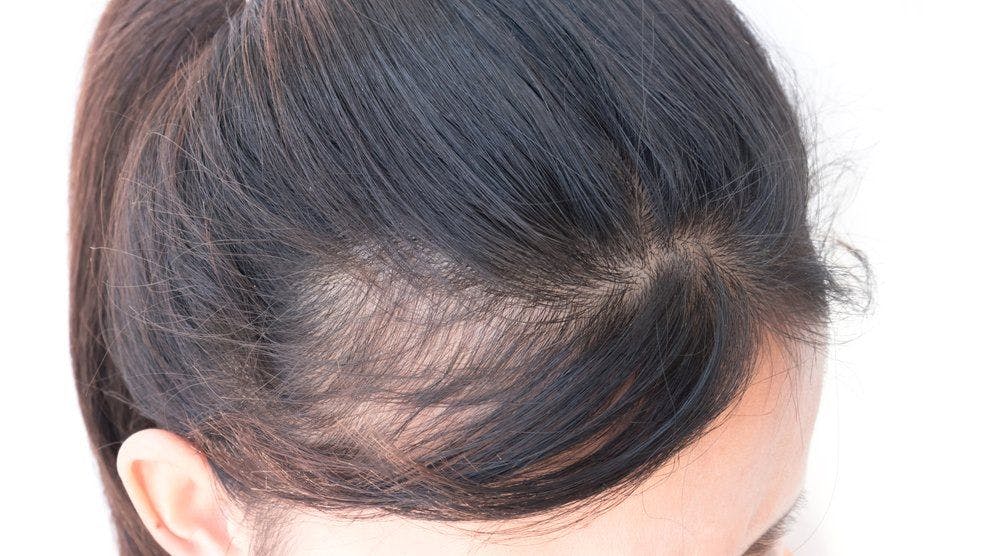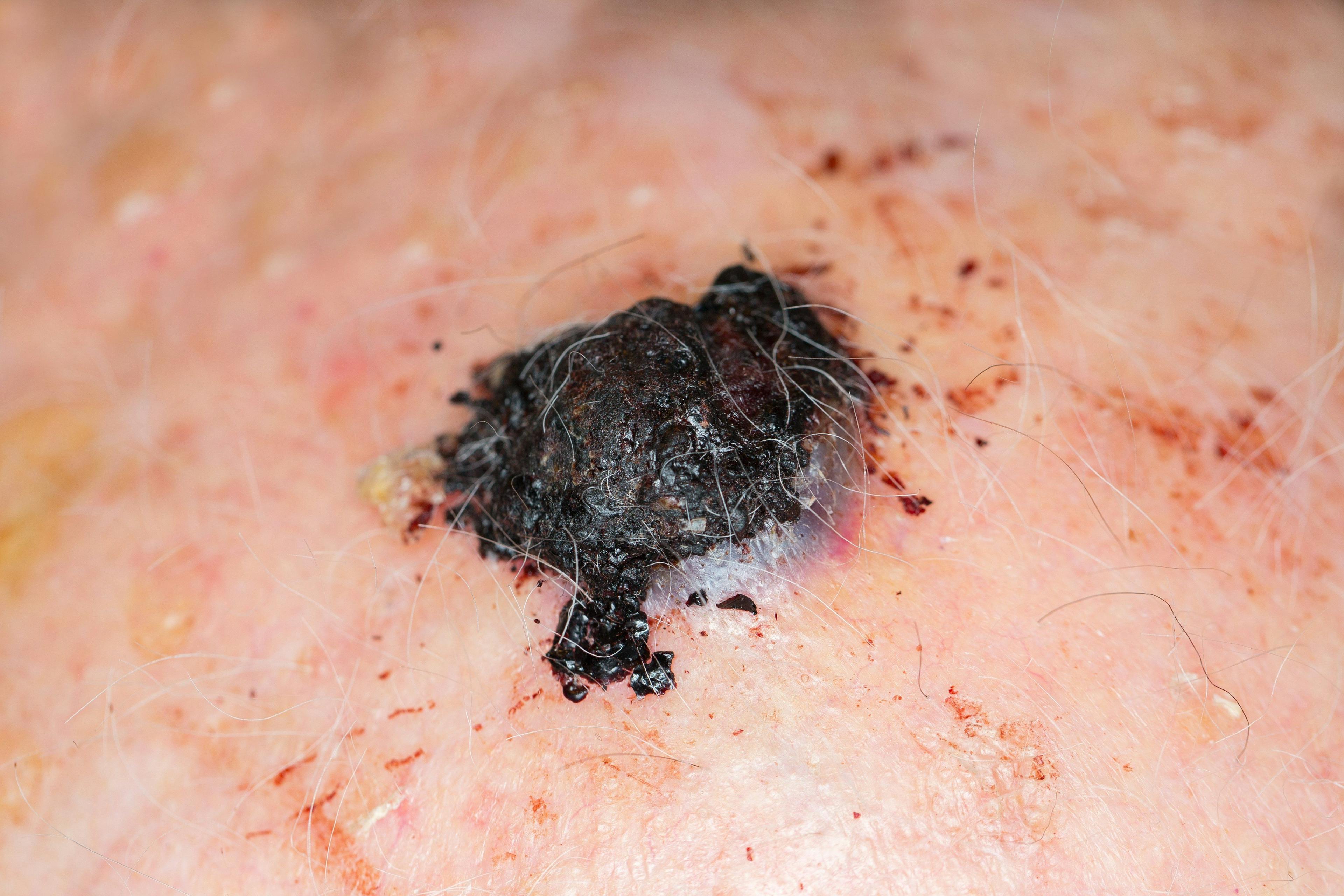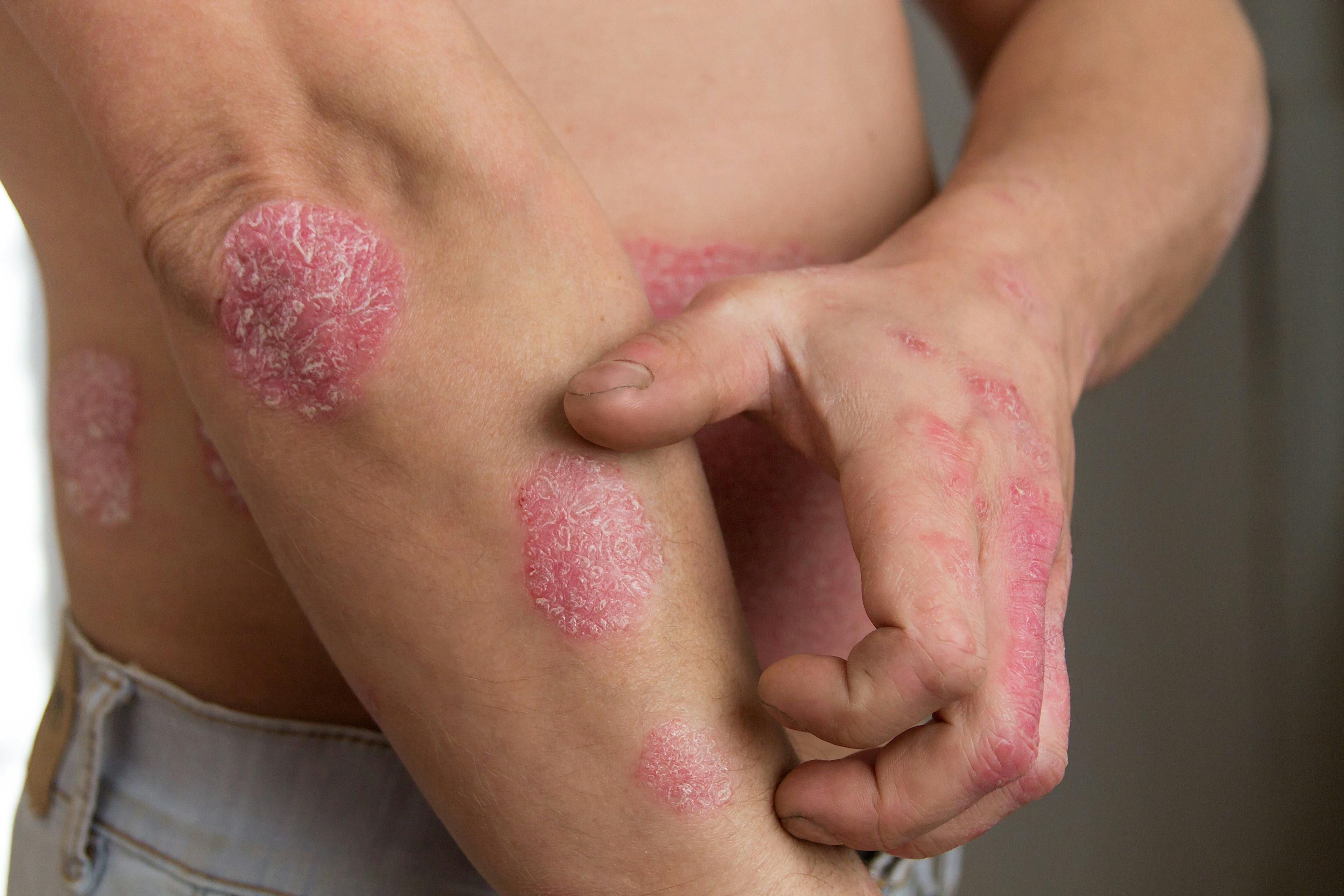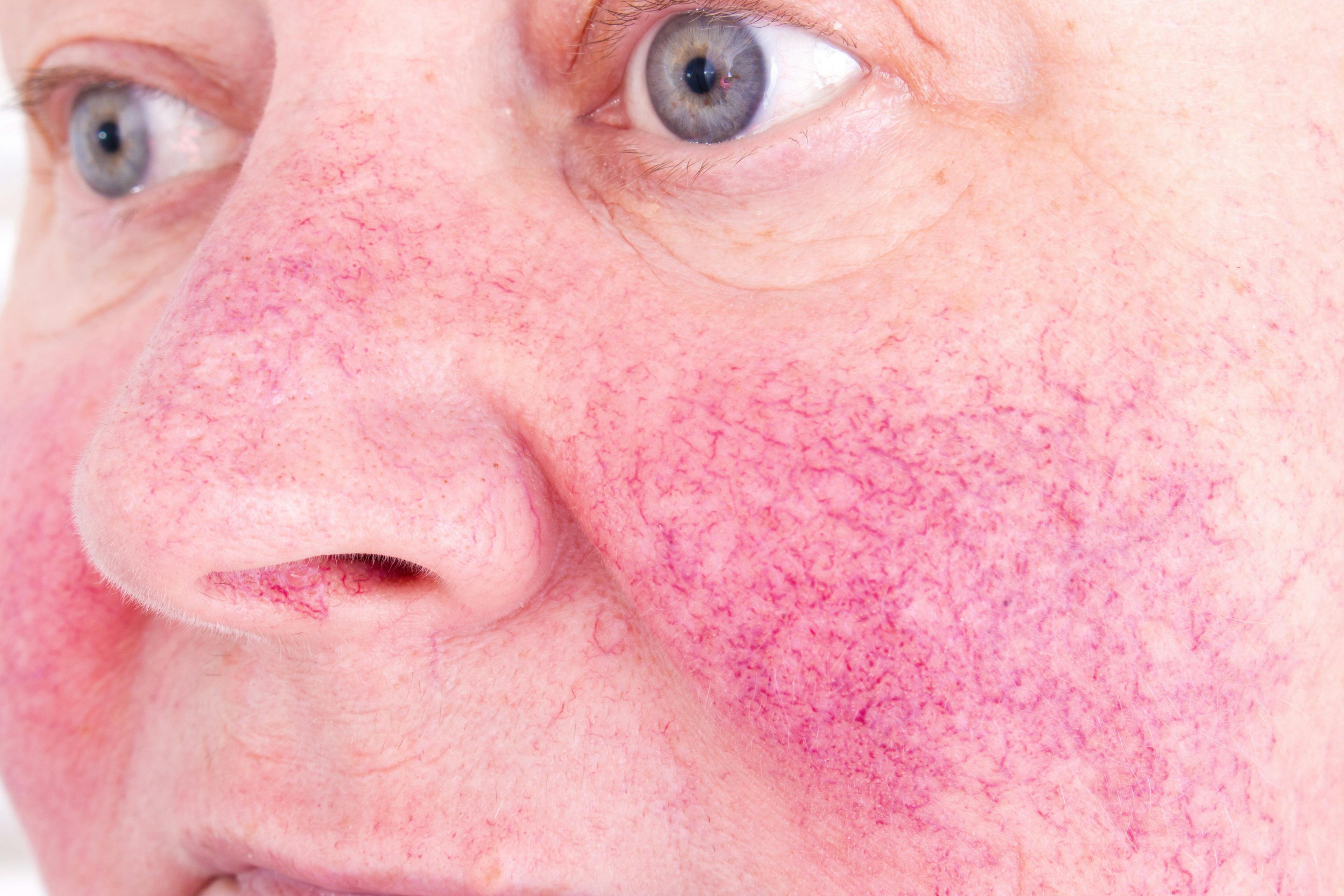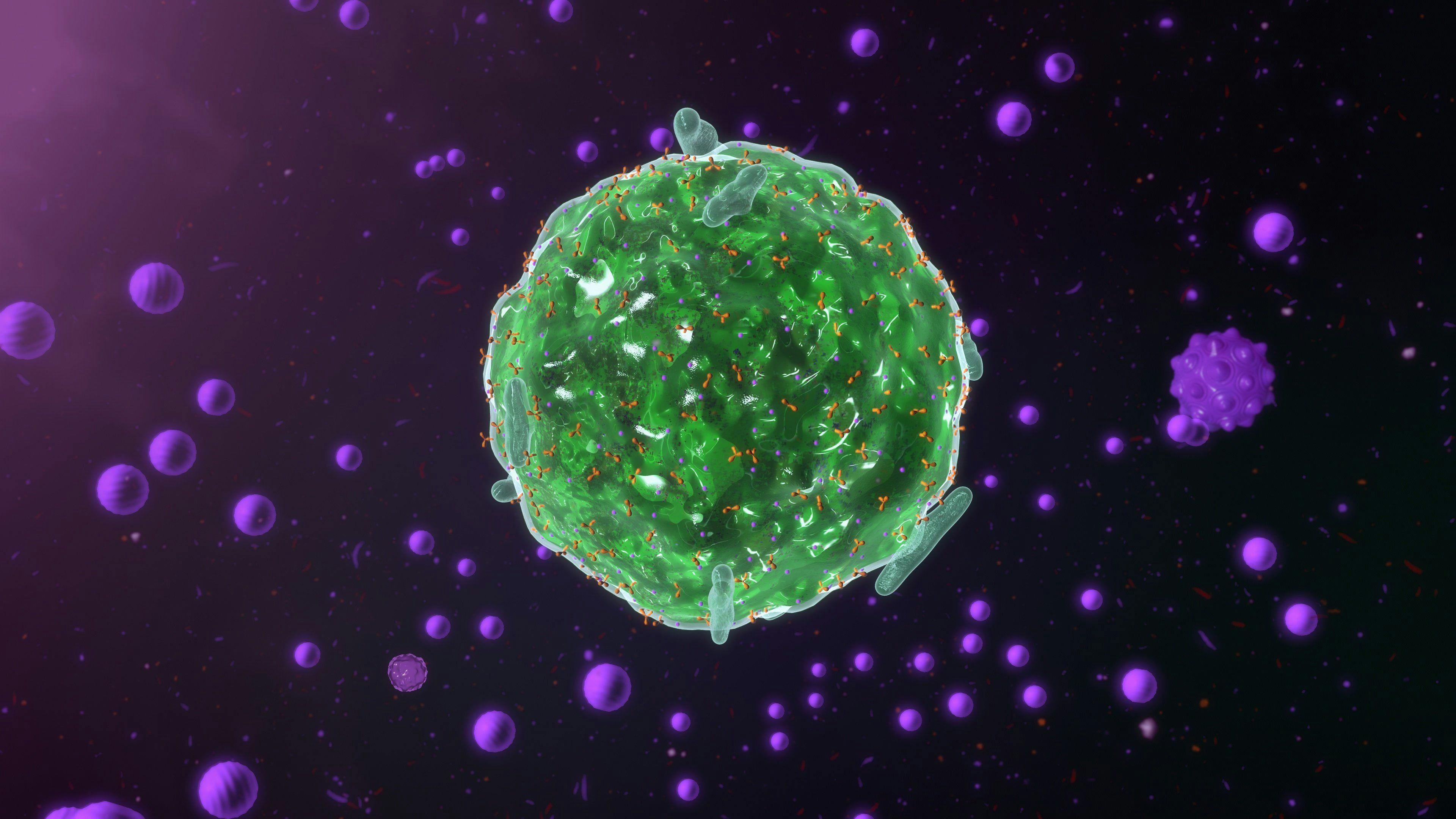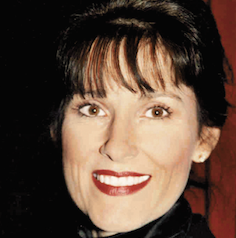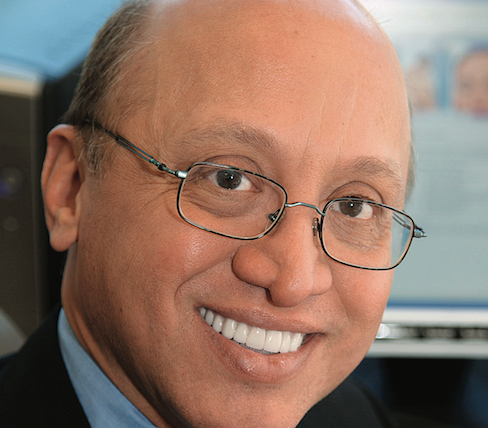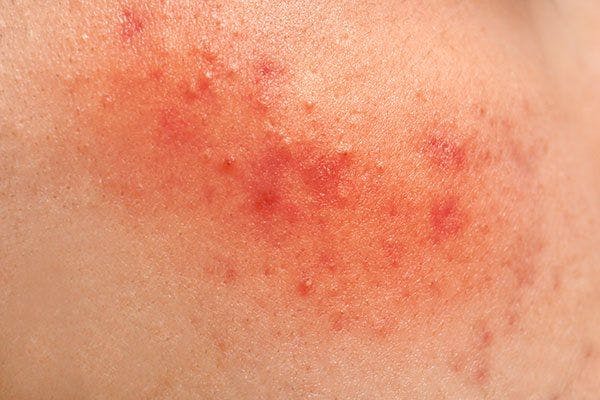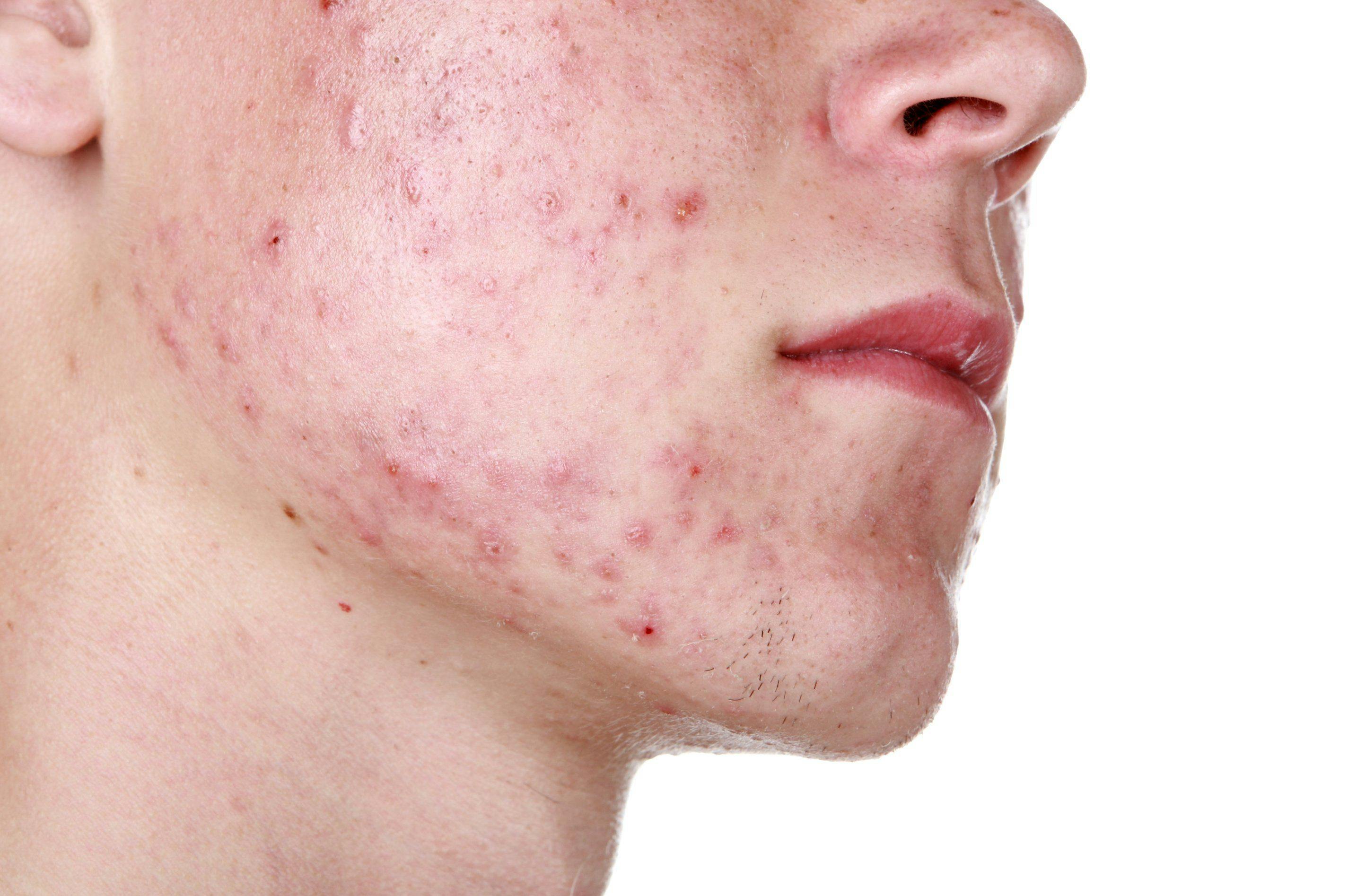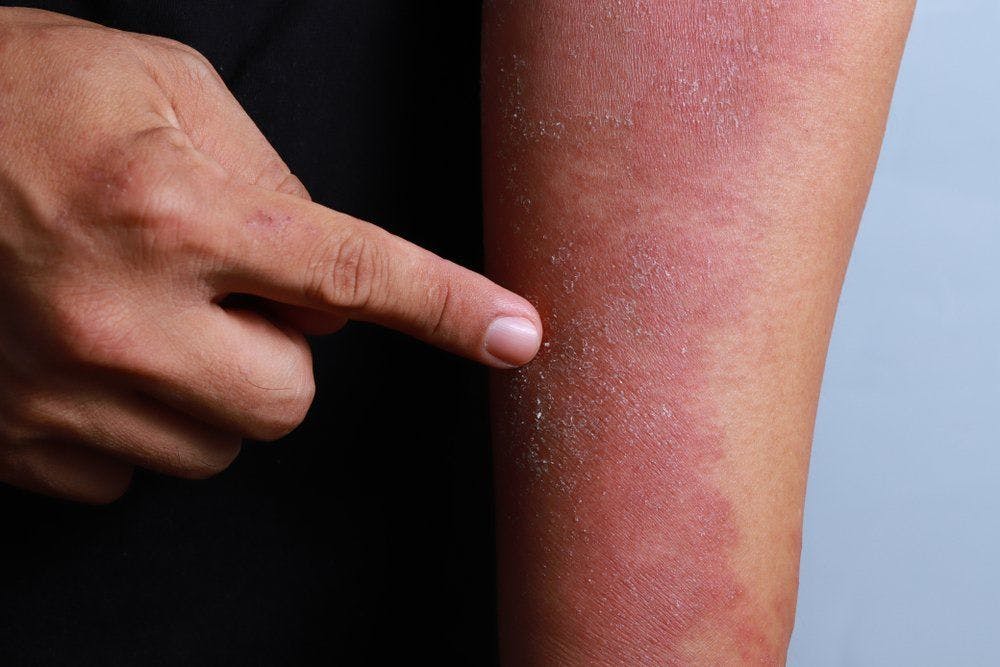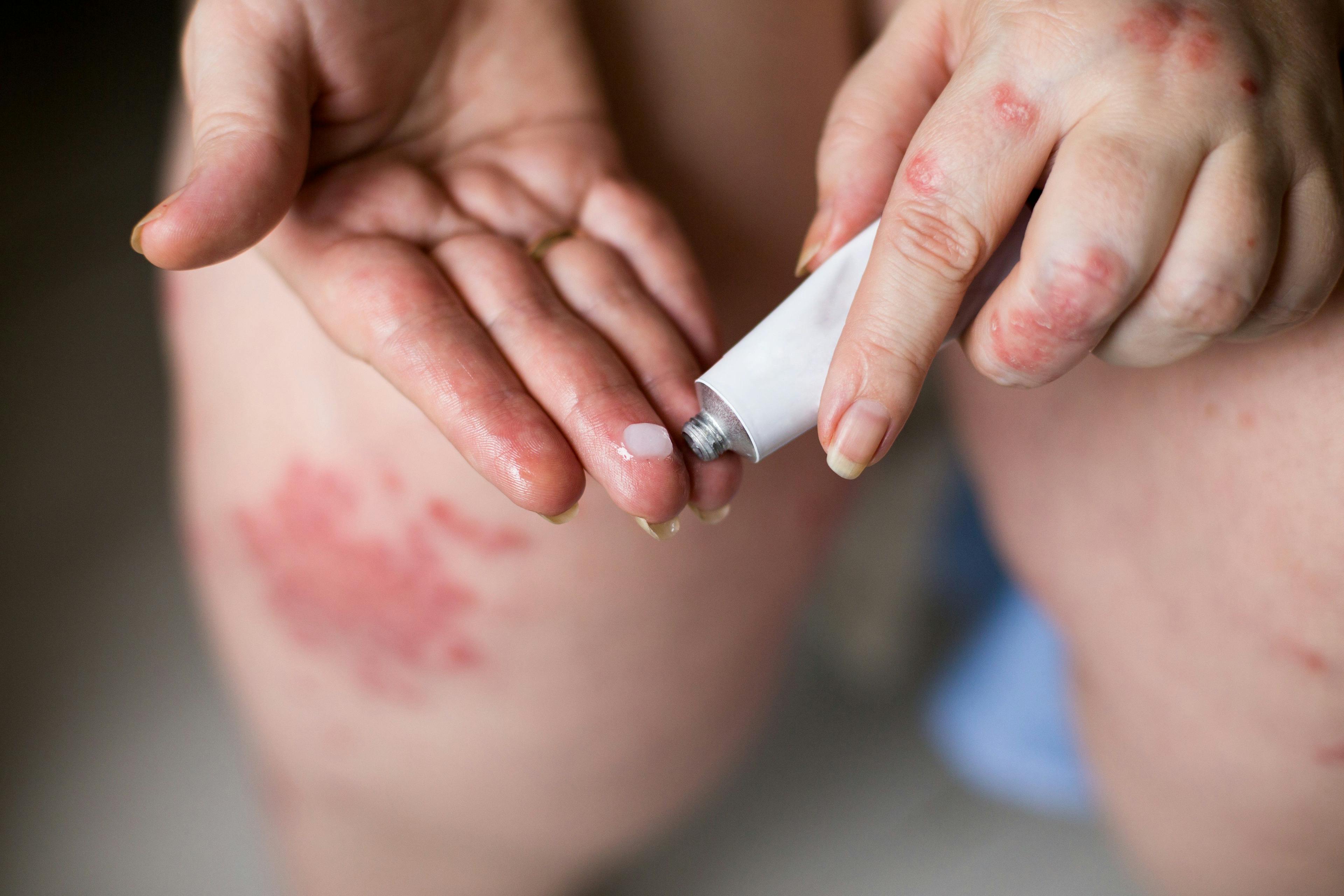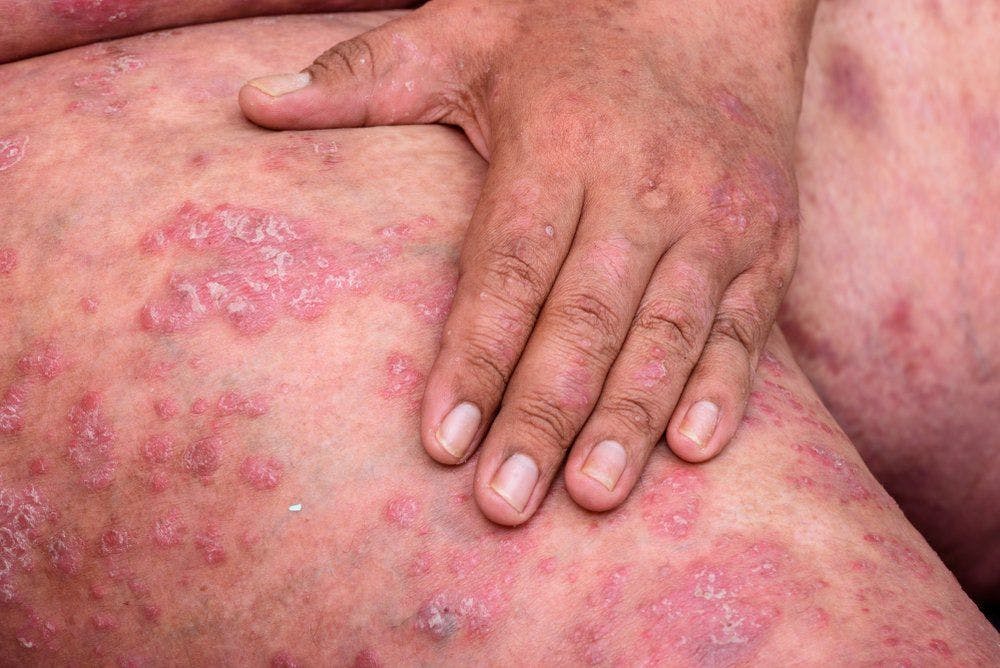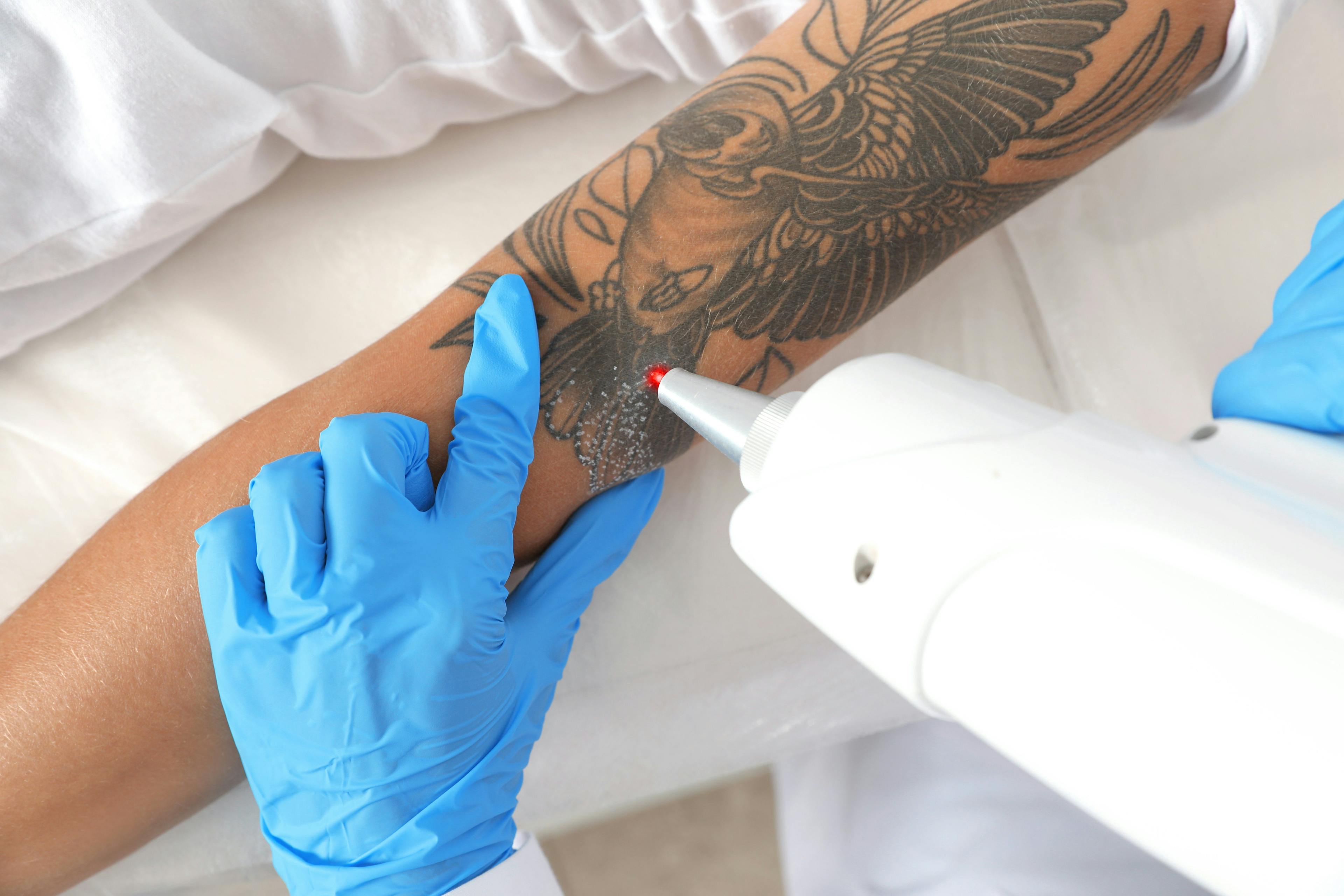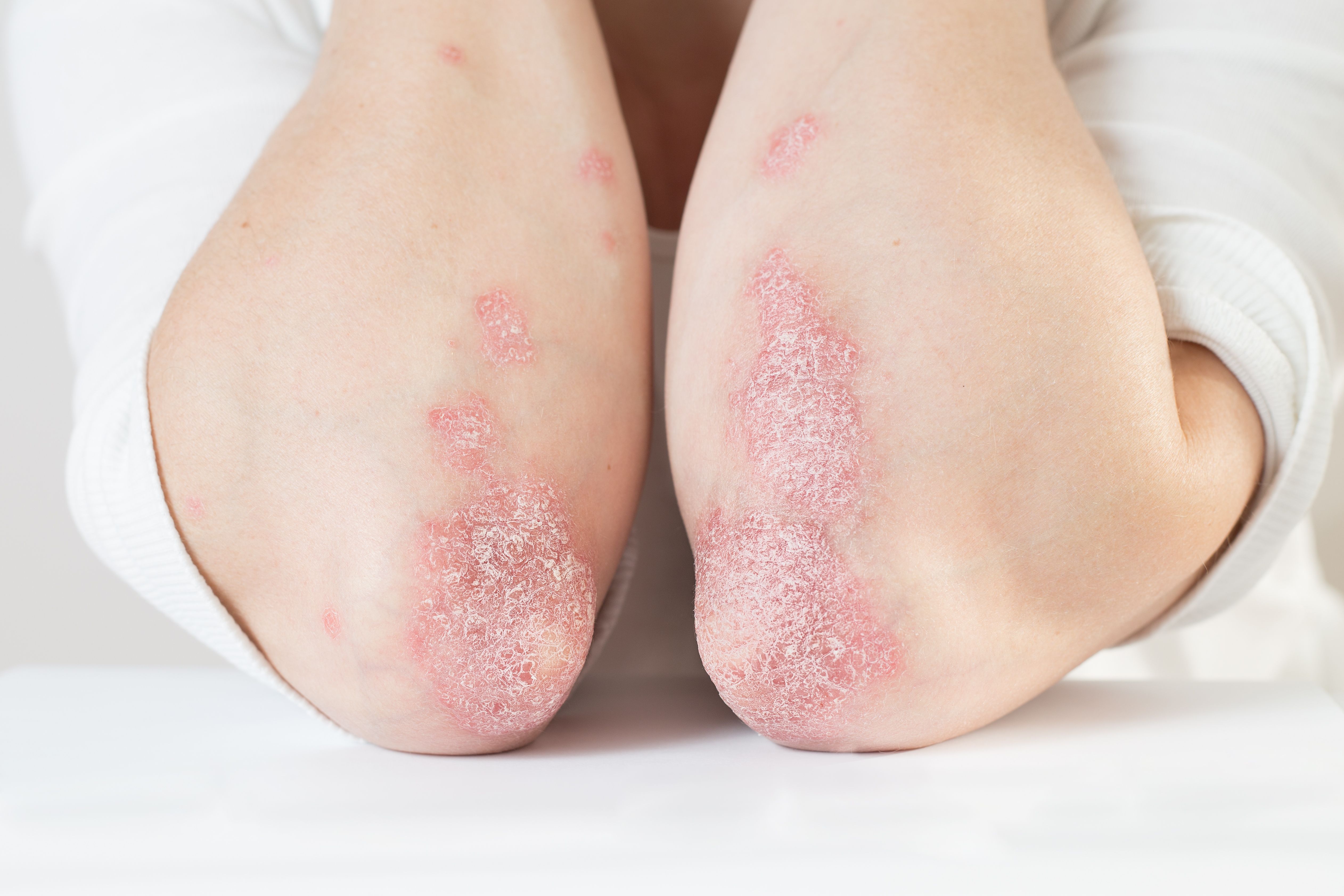- Acne
- Actinic Keratosis
- Aesthetics
- Alopecia
- Atopic Dermatitis
- Buy-and-Bill
- COVID-19
- Case-Based Roundtable
- Chronic Hand Eczema
- Chronic Spontaneous Urticaria
- Drug Watch
- Eczema
- General Dermatology
- Hidradenitis Suppurativa
- Melasma
- NP and PA
- Pediatric Dermatology
- Pigmentary Disorders
- Practice Management
- Precision Medicine and Biologics
- Prurigo Nodularis
- Psoriasis
- Psoriatic Arthritis
- Rare Disease
- Rosacea
- Skin Cancer
- Vitiligo
- Wound Care
Publication
Article
Dermatology Times
Phototherapy remains a valuable psoriasis treatment
Author(s):
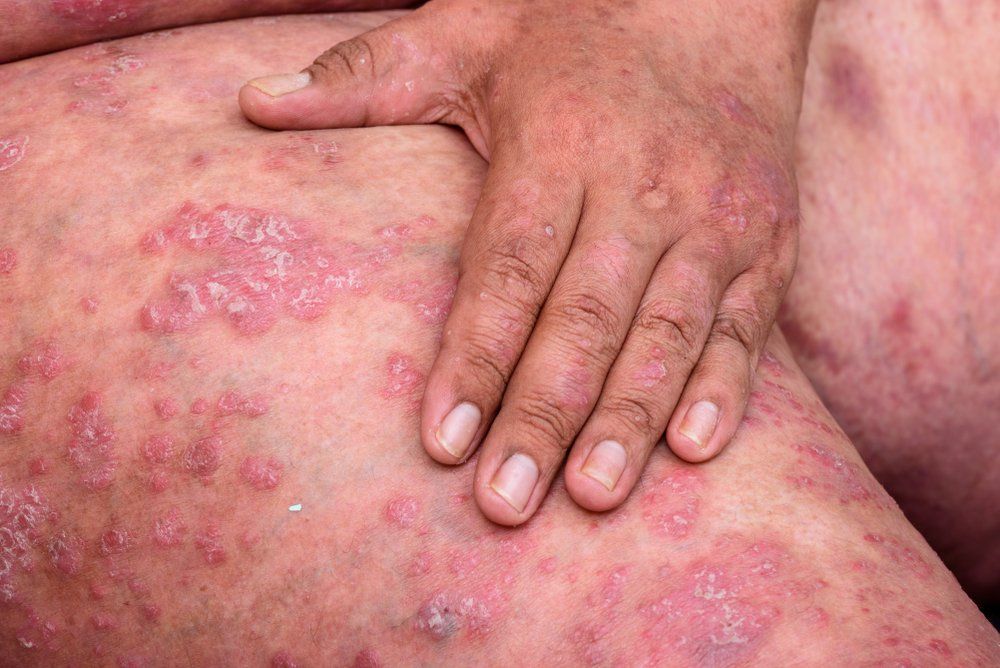
Dr. Nestor

For focal areas of plaque psoriasis, the 650 ms Nd:YAG laser provides equivalent efficacy to the more widely used excimer laser, says an expert who spoke at the South Beach Symposium.
RELATED: Phototherapy safe, effective for psoriasis
Even in the era of biologics, phototherapy remains a valuable psoriasis treatment, says Mark S. Nestor, M.D., Ph.D., director of Center for Cosmetic Enhancement and the Center for Clinical and Cosmetic Research in Aventura, Fla., and voluntary professor at the Phillip Frost department of dermatology and cutaneous surgery, University of Miami Miller School of Medicine.
“Fewer people are doing mainstay full-body phototherapy as in the past, as biologics and other systemic therapies have proven to be safe and much more effective,” he says. This is especially true of psoralen and UVA (PUVA), which can have side effects including burning, photoaging and increased skin cancer risk.
“Additionally,” Dr. Nestor adds, “laser has largely taken over for individual and spot treatment of specific areas because you don't have the same issue of systemic problems with burning.”
Lasers also offer very high efficacy on smaller areas that do not require biologic treatment, and as a complement to biologic or other systemic therapies, he says.1
The 308 nm excimer laser has been the gold standard for psoriasis phototherapy, says Dr. Nestor.
RELATED: Guidance on transitioning psoriasis patients between biologics
“It's effective,” he adds, “but there are issues with it including skin burning.”
Blistering may help clear psoriasis faster, according to Dr. Nestor, although it can result in hyperpigmentation, which is usually reversible (most fades upon completion of therapy).
For physicians who frequently treat psoriasis with light-based devices, he says, excimer laser increasingly may be supplanted by lasers such as the 650 ms Nd:YAG (LightPod Neo, Aerolase). In a 15-patient bilateral comparison study by Dr. Nestor, this laser provided equivalent efficacy to excimer on the trunk and limbs. After 15 treatments, average overall Modified Psoriasis Area and Severity Index (mPASI) scores for both lasers fell from approximately 2.4 at baseline to 1.5.2
Because the 650 ms Nd:YAG laser uses a different mechanism of action than does excimer laser, he says, the former does not cause burns.
“There is potential for utilizing this therapy much more in the future, especially in areas such as the palms and soles, where excimer appears to be less effective,” Dr. Nestor notes.
Moreover, he says, excimer laser only works for psoriasis and vitiligo, but success is very difficult to maintain, particularly with vitiligo.
RELATED: Psoriasis: An update on topical therapies
“The 650 ms Nd:YAG works on many different entities, including more than 30 FDA-approved indications,” Dr. Nestor says. These include several aesthetic and medical indications. Dr. Nestor's group soon will publish a paper showing significant efficacy in acne.
“It's a very versatile laser,” he adds.
Pulsed-dye laser (PDL) does not work as well as excimer for psoriasis, says Dr. Nestor. In a 22-patient, controlled prospective trial, mean Psoriasis Severity Index (PSI) improvement for excimer laser was 4.7, versus 2.7 for PDL (p = 0.003). In a three-month, 14-patient nail psoriasis trial, however, patients treated with PDL achieved Nail Psoriasis Severity Index (NAPSI) improvements between 44.2% and 65.1%.
Low-level laser therapy (LLLT) is very effective for the scalp and other areas but needs more study, says Dr. Nestor.
“We've done some work with the Lunula device (Erchonia) for nail psoriasis, with some very good success,” he says.
RELATED: Biologic for psoriasis temporarily impacts aortic vascular inflammation
Specifically, Dr. Nestor has used the device to treat the nails of 40 to 50 patients, typically resulting in normal-appearing nails when they grow back. “We've used Lunula for years for onychomycosis, and it's very effective and FDA-approved for that indication. But we've found that it is extremely beneficial in psoriatic nails.”
At Medicare allowable rates of $174 to $260, adds Dr. Nestor, reimbursement for any laser treatment of psoriasis is fairly reasonable. Although one need not specify which type of laser was used, he says, it's important to report appropriately what was done in what treatment area.
“There's no magic to it - it just needs to be documented properly.”
Overall, Dr. Nestor says, phototherapy remains a very potent modality for psoriasis. “That's the key for treatment of psoriasis - it's not just about biologics. There are other modalities that work well.”
Disclosures:
Dr. Nestor was a paid researcher in the 650 µs Nd:YAG laser study but reports no relevant financial interests.
References:
1. Mark S Nestor MD. “Lasers and Psoriasis: The Future of Phototherapy,” South Beach Symposium. February 8, 2019.
2. Nestor MS, Fischer D, Arnold D. Randomized, investigator-blinded study to compare the efficacy and tolerance of a 650-microsecond, 1064-nm YAG laser to a 308-nm excimer laser for the treatment of mild to moderate psoriasis vulgaris. J Drugs Dermatol. 2020;19(2)176-183. Doi:10.36849/JDD.2020.4769.
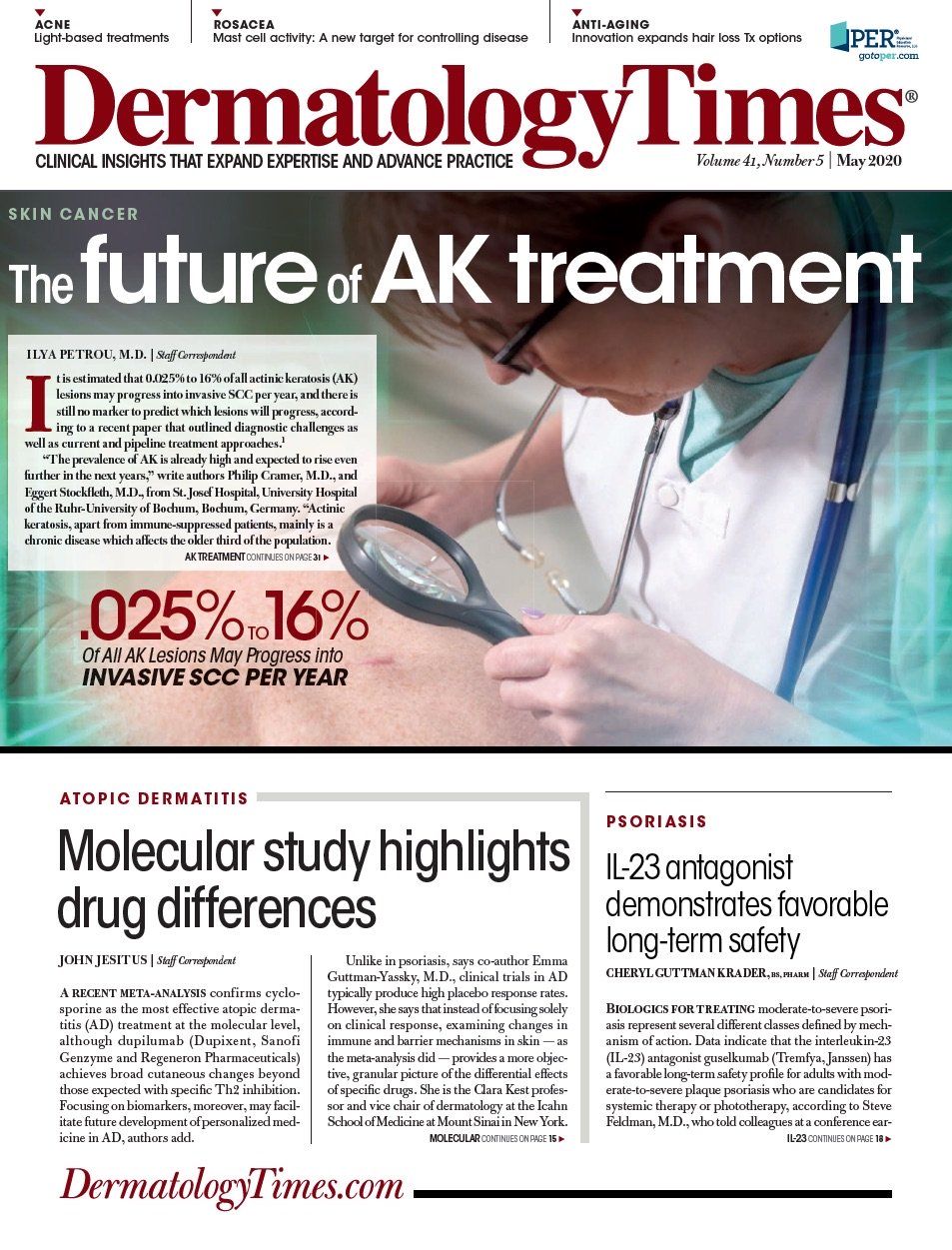
Newsletter
Like what you’re reading? Subscribe to Dermatology Times for weekly updates on therapies, innovations, and real-world practice tips.

